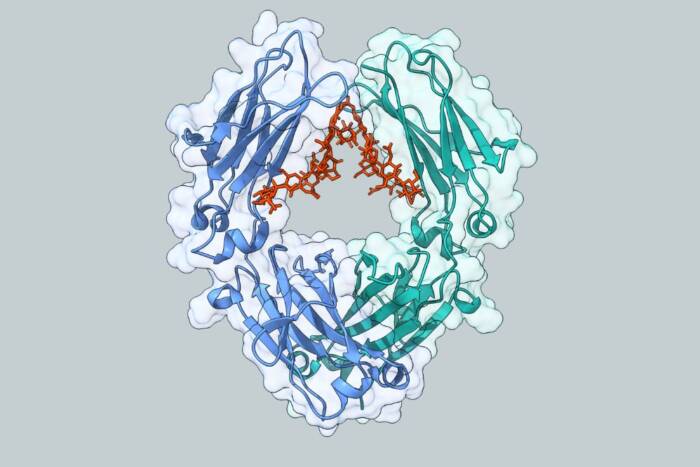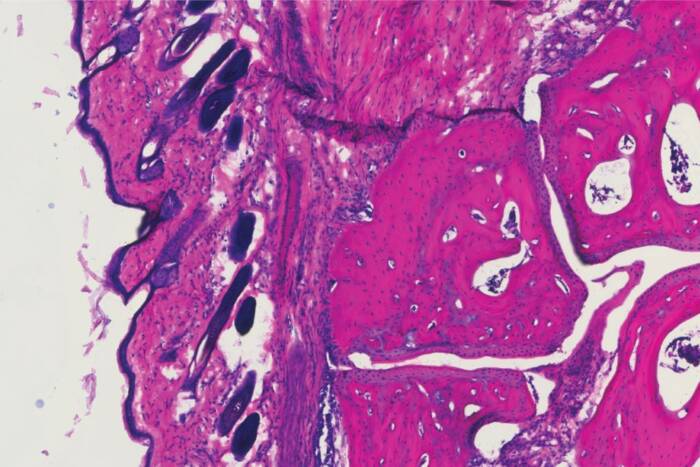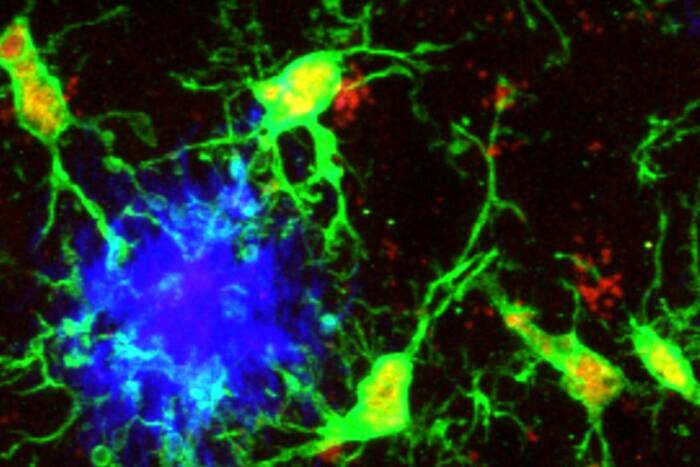Christopher Gafuik
 (opens in new window)B.Sc., University of Alberta; M.Sc., McGill University; M.D., University of Alberta
(opens in new window)B.Sc., University of Alberta; M.Sc., McGill University; M.D., University of Alberta
Identification and Characterization of a Viable ras Hypermorph in Drosophila
presented by Hermann Steller
The overall goal of Chris Gafuik’s thesis project has been to gain insight into the regulation of programmed cell death. All our cells have the ability to self-destruct when they are no longer needed or not useful to the organism, and they do so by activating an intrinsic cell suicide program. Since all the components to carry out death are constitutively expressed in virtually all cells at all times, highly efficient and complex regulatory mechanisms exist to precisely regulate the activity of this death program. The fruit fly, Drosophila melanogaster, is a uniquely powerful model system to study how specific cells are selected to undergo programmed cell death in response to different signals. For his thesis project, Chris decided to characterize a Drosophila cell death mutant that was previously identified in a large-scale chemical mutagenesis screen. In a textbook example of how to apply a combination of genetics, molecular biology, biochemistry and structural biology insight, Chris defined the molecular nature of this mutant and its precise mechanism of action. First, Chris mapped this allele to the Drosophila ras gene and demonstrated that it corresponds to a missense mutation that causes a gain-of-function phenotype. Chris provided the ultimate proof for this idea by using x-ray mutagenesis to generate small deletions that revert the gain-of-function phenotype and represent loss-of-function ras alleles. Next, based on structural insights, Chris hypothesized that the gain-of-function phenotype of his allele was due to reduced GTPase activity of the mutant protein.
To test this hypothesis, Chris purified both mutant and wild-type proteins and measured GTPase activity. The mutation reduced both the intrinsic and the GAP-stimulated GTPase activity. Finally, Chris used this gain-of-function allele to investigate the in vivo consequences of moderately increased ras activity. Chris found interesting phenotypes in several paradigms, including in the proliferation and survival of larval hemocytes, in wing vein formation, in the death of midline glial cells during neural development (increased survival), and in the specification of photoreceptor neurons during eye development (increased numbers of R7 cells).
In all these cases, survival signals coming from the cellular environment have been implicated in regulating cell death, and signaling through ras is a major pathway through which these signals are relayed to the cell death machinery. Apart from providing an elegant and convincing mechanistic explanation of why Chris’s mutation suppresses apoptosis, his work has given the field the first gain-of-function mutation in the endogenous Drosophila ras gene, and this represents a powerful new tool to study the effects of abnormal ras activity under physiological conditions.
Chris’s project has been technically difficult and challenging in many ways, but Chris was able to overcome many frustrating problems and accomplished a very impressive amount of work. Moreover, he has done all this work with an extraordinary degree of independence. Chris is very bright, dedicated, independent and yet a model lab citizen. He is always open and generous in helping others and has an extremely friendly personality and is completely honest.


